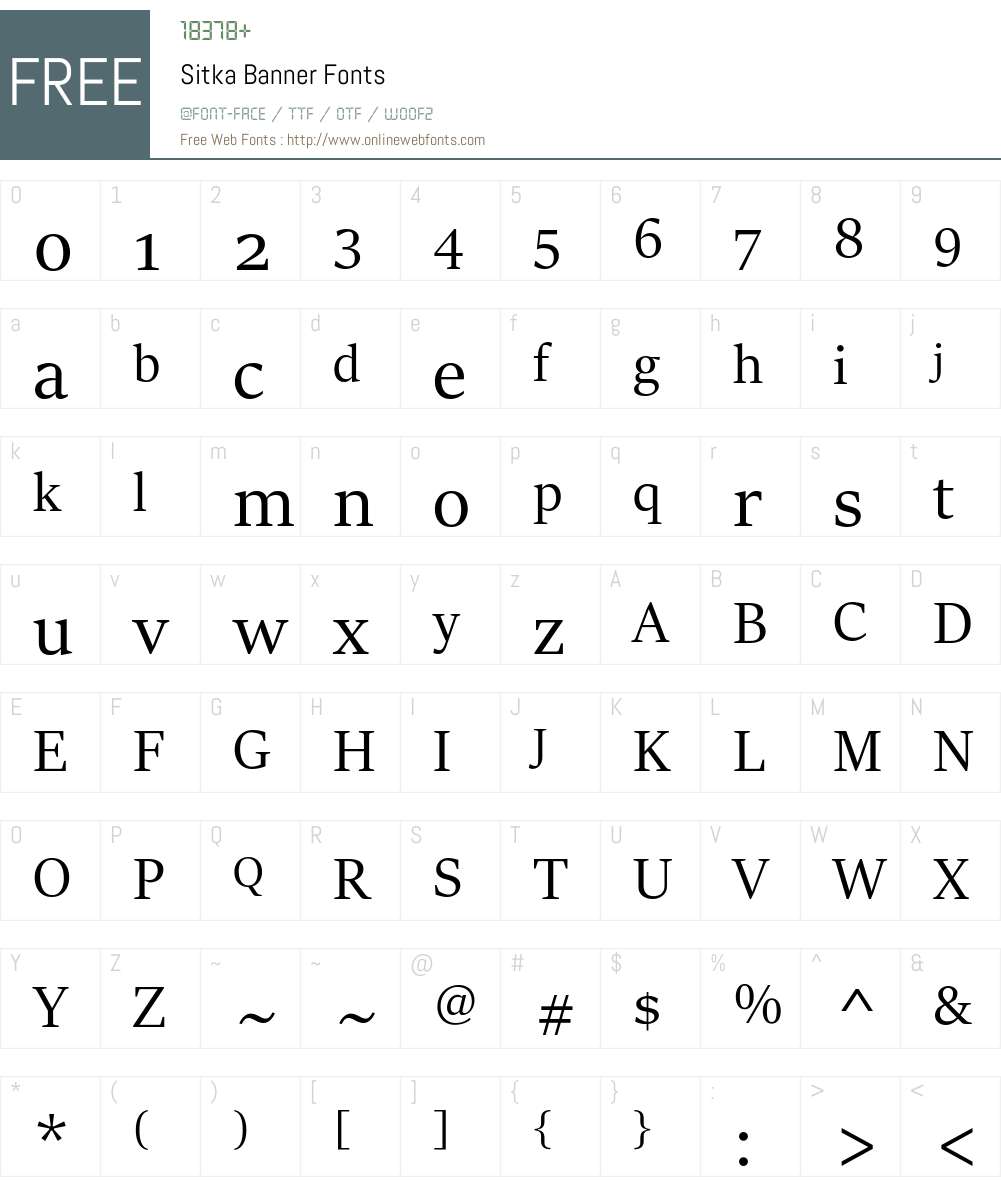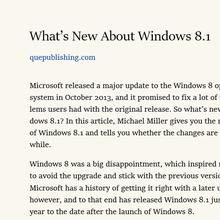

Filters and searches work seamlessly with the map records table to get you the info you need with fewer clicks. We've added the ability to preview maps within the interface and give you tools to compare any historical map with maps of the present.

Sitka font download full#
The latest version of topoView is full of enhancements based on hundreds of your comments and suggestions. New functionality driven by your feedback Like the historical topographic mapping collection, we've added a variety of file formats previously unavailable for the US Topo series, including GeoTIFF and KMZ.
Sitka font download series#
The US Topo series is a latest generation of topographic maps modeled on the USGS historical 7.5-minute series (created from 1947-1992). We've added the US Topo series to topoView, giving users access to over 3 million downloadable files from 2009 to the present day. The NGMDB project is proud to assist the NGP in bringing these maps to the Web. Geologic and topographic mapping have a long tradition together (see 1888 report). This interface was created by the National Geologic Map Database project (NGMDB), in support of the topographic mapping program, managed by the USGS National Geospatial Program (NGP). TopoView shows the many and varied older maps of each area, and so is especially useful for historical purposes-for example, the names of some natural and cultural features have changed over time, and the historical names can be found on many of these topographic maps.
Sitka font download download#
mil / contracting / bus opp htm Click here to download a copy of REP. The most current map of each area is available from The National Map. Anything beyond the 30th page will not be forwarded for evaluation font must not. As the years passed, the USGS produced new map versions of each area. This mapping was done at different levels of detail, in order to support various land use and other purposes. In 1879, the USGS began to map the Nation's topography. In January, temperatures average between 22 F and 32 F.TopoView highlights one of the USGS's most important and useful products, the topographic map. Temperature reach their warmest in July and average between 51 F and 61 F. Saint Lazaria receives 73.5 inches of precipitation, annually. Burrows are crushed easily (as are the occupants), and many birds may abandon their nest when disturbed, allowing the bolder gulls, crows, and ravens to swoop in and feed on eggs and chicks.

People are asked to not land on the island, and especially not to walk around. Just under half a million birds lay their eggs on Saint Lazaria, where overcast skies drizzle rain and winds blow moderately to strong throughout much of the year. Pigeon guillemots create a nest-scrape in rocky crevices near common murres, glaucous-winged gulls, and pelagic cormorants.

Cliffs topped with lush grasses fall to the sea.Īmong the tangled tree roots are the burrows of petrels, tufted puffins, and rhinoceros auklets. Saint Lazaria has two low summits, forested with mature Sitka spruce, which are connected by a bare saddle that is washed by waves at high tide. Rising no more than 180 feet above the surging ocean at the entrance to Sitka Sound, Saint Lazaria Island was initially established as a refuge for seabirds, later became Wilderness, and has since been added as a subunit to the Alaska Maritime National Wildlife Refuge.


 0 kommentar(er)
0 kommentar(er)
